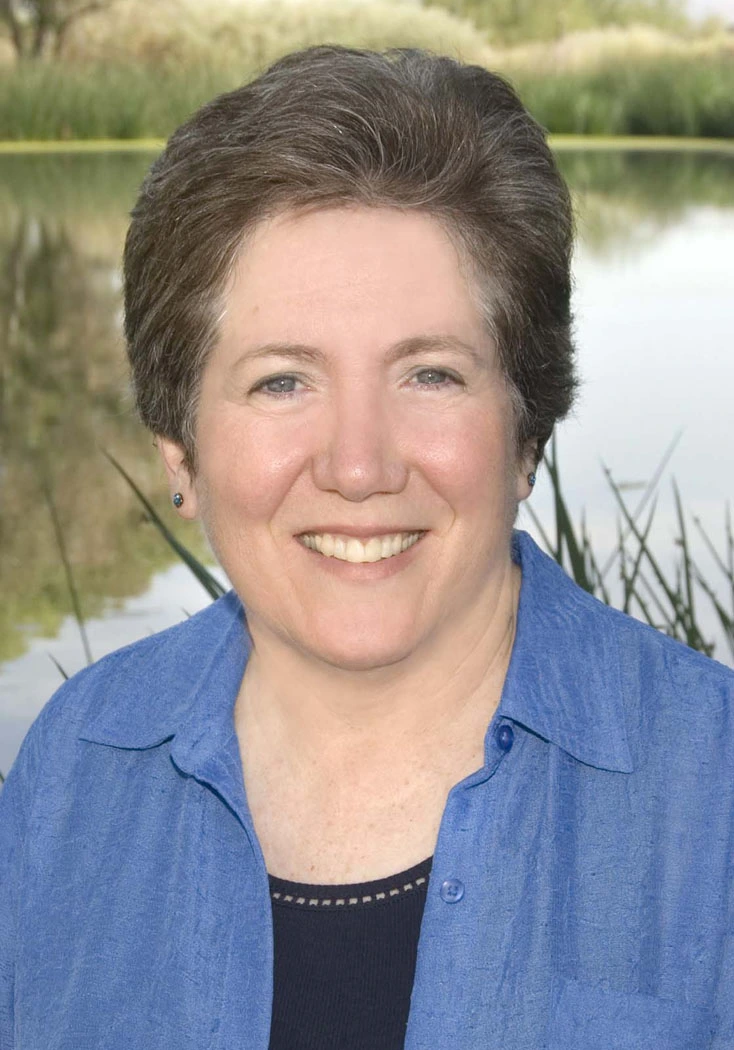
This is my first column as director of the University of Arizona’s Water Resources Research Center, and I begin my position during exciting times in the water world. We are facing challenges related to providing water to our increased and growing population and to supporting our varied local and regional economies at a time of severe drought. There is much work to be done and, indeed, the level of effort is high throughout the state.
similar to those faced by people the world over and recommended making Arizona the “Water Management Capital” of the world. One of the recommended strategies is creating a water sustainability consortium involving all three Arizona state universities. The report also recommended involving all stakeholders in development of a “water policy framework” to be a model for arid lands sustainability throughout the world. It is expected that the private sector and various levels of government will be involved.
The AWR newsletter has previously included information about the UA Technology and Research Initiative Fund, known as the Water Sustainability Program. WSF funded research, education and outreach activities relevant to resolving Arizona-specific water quantity and quality issues. WRRC expects to continue its participation in these and other efforts. Through our programs, we will continue to inform and educate, to facilitate the connections between university and non-university participants, and to provide independent analyses of water policy and management. As director, I intend not only to continue but to expand our activities.
Based on internal assessment and stakeholder input, I have established some WRRC priorities. I will briefly describe them and indicate opportunities for you to participate in our efforts to promote sound water management and policy in Arizona and the region.
WRRC will serve as an effective focal point for the exchange of water resources information and analysis, both on and off campus. I am pleased to have received very positive feedback regarding this newsletter. In addition to the distribution of it via mail, which we intend to continue, we post the newsletter on our web site. We hope to include, as often as possible, special inserts like the U.S. Geological Survey supplement within this issue. The inserts enable us to provide more in-depth coverage on a topical area and to provide a service to those offering financial support for the newsletter.
We will continue sponsoring our annual statewide water conference. The 2005 conference, to be held April 6, 2005 in Tucson, will be on the important topic, “Water and the Environment.” On an as needed basis, we will continue to offer “brown bag” seminars on water-related topics, with speakers and attendees both internal and external to the university. We publicize these seminars via email. If you want to be on our email list for the brown bag seminars or if you have suggestions for a program, please contact us at wrrc@ag.arizona.edu. We intend to continue our high-level presence in conferences, programs and other forums. Recent papers and presentations also can be found on the WRRC web site.
WRRC will continue to collaborate with others on and off campus to address Arizona water resource issues. Interdisciplinary efforts, so important to addressing complex water quantity and quality questions, have flourished under the Water Sustainability Program’s competitive grants program, instituted in 2003.
The WSP Education and Outreach component supports a number of activities on campus and throughout the state. Included among its varied activities was a briefing for Legislators. The Safford County Cooperative Extension Water Wagon, funded by a WSP grant, is an attractive, mobile educational trailer. Planning is just getting underway for a Water Day at the Capitol Mall, which is tentatively scheduled for January 25, 2005. It is hoped that many entities, public and private, and all three universities, will participate in this effort. If interested in participating, please contact Dana Flowers (602-470-8086, ext 335 or dflowers@ag.arizona.edu). As discussed above, our annual conference also involves significant opportunities for collaboration through sponsorship and participation.
WRRC will continue to increase its policy analysis activities. During the past few years, Kathy Jacobs and I have joined WRRC. We’ve brought to campus our knowledge of policies and policy making, gained from lengthy, and in my case, somewhat varied work experiences. To increase our capacity in this area, I have created a new position to focus on applied research. This person will investigate and write about real-world policy and water management matters in a manner understandable to the interested public as well as the water professional. We intend to work with water stakeholders on identifying topics for analysis.
WRRC will continue to increase its involvement with federal and state agencies, Arizona State University and Northern Arizona University and private entities, to identify mutually beneficial, collaborative projects. In addition to administering the 104b grant program in partnership with USGS, WRRC personnel are involved in several projects, including studies for the Army Corps of Engineers and the Bureau of Reclamation to enhance the environment in Arizona as well as a multi-disciplinary project involving Reclamation related to modeling Colorado River flows.
WRRC will continue its strong Water Education for Teachers program. Project WET Director Kerry Schwartz has overseen rapid growth of this program, which means more K-12 teachers are integrating water resource education into Arizona classrooms. Project WET includes the very popular Arizona Make a Splash, Project Wet Water Festival. We are developing a business plan to increase the reach of this special one-day educational program for students.
Space constraints prevent me from providing more details. As I said at the outset, these are exciting times to be working in water resources. The WRRC staff and I look forward to continuing to work with you.

